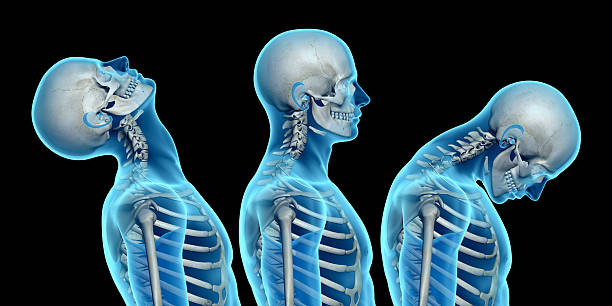Chiropractic care is a foundation of holistic healthcare, providing a unique approach to treating a variety of diseases. One particular area where chiropractic care shines is in addressing the aftermath of Grade 2 and Grade 3 whiplash injuries. These injuries, often results from high-impact events like car accidents, can have a profound impact on an individual’s well-being. In this article, we will look at the complex nature of chiropractic therapy. How it plays an important role in the rehabilitation process by offering relief and promoting general health.

Understanding Grade 2 and 3 Whiplash
Before we get into chiropractic care, we must first understand the severity of whiplash injuries. Grade 2 and 3 whiplash injuries cause ligament and soft tissue damage. In addition, the most typically reported symptoms of whiplash injuries include neck pain and headache according to Dr. Sanjay Yadla. Grade 2 denotes partial tears in these structures, and Grade 3 represents full injuries. The results can be fatal producing pain, stiffness, and range of movement limitations.
According to Christoph Dehner, whiplash injuries are one of the most prevalent kinds of trauma in this age of increased individual road mobility. Traditional medical techniques may provide comfort, but chiropractic care takes a more comprehensive approach, addressing both symptoms and underlying disorders.
Grade 2 and 3 whiplash injuries may require extended chiropractic care, physical therapy, exercises, and massages to fully recover. Chiropractic care for these injuries may include spinal adjustments, and exercises to reduce inflammation. Treatment also involves restoring range of motion, and support the body’s natural healing process. While chiropractic treatments is generally regarded safe, there is a minor possibility of adverse outcomes according to Dr. Edzard Ernst. To ensure safe and successful therapy, the chiropractor and the patient must assess the potential risks and benefits and engage in joint decision-making.
In addition to spinal adjustments, chiropractors use soft tissue therapy to treat Grade 2 and 3 whiplash injuries thoroughly. Muscles, ligaments, and tendons all play important roles in supporting the spine, and when these components are damaged, pain and instability occur. In many cases, tissue damage cannot be observed in patients with whiplash-associated diseases according to Dr. Michele Curatolo. Soft tissue methods, such as massage and stretching, help to break down scar tissue, increase flexibility, and promote blood circulation.
Patient Education and Empowerment
Chiropractors prioritize patient education and empowerment, guiding individuals with these injuries to understand their condition, adhere to treatment plans, and perform home care exercises. They also integrate nutritional counseling to support the body’s healing process and incorporate tailored exercise programs to enhance strength, stability, and flexibility. Additionally, they recognize the mind-body connection, addressing the impact of emotional stress and trauma on the healing process. Chiropractic care offers long-term benefits and preventive measures according to Dr. Eric Chun-Pu Chu. Contributing to maintaining spinal health and preventing future injuries.
In addition to patient empowerment, chiropractors frequently incorporate nutritional recommendations into their treatment plans for Grade 2 and Grade 3 whiplash injuries. Proper nutrition powers the body’s healing processes and aids in tissue repair. Chiropractors believe that a well-nourished body is better able to recover from injuries and stay healthy. It is stated by Denise Holtzman that 80% of chiropractors employed counseling in their offices.
Mind-Body Connection and Long-Term Benefits
Chiropractic care takes a holistic approach, acknowledging the connection between the mind and body in the context of Grade 2 and Grade 3 whiplash injuries. Emotional stress and trauma often accompany these injuries, impacting the overall healing process. Chiropractors, such as Zachary Cupler, emphasize the importance of addressing mental well-being, highlighting that a healthy mind is essential for supporting a healthy body and comprehensive healing.
Furthermore, chiropractic care offers long-term benefits and preventive measures, extending beyond immediate relief. Through regular adjustments and ongoing self-care practices, it contributes to maintaining spinal health and preventing future injuries. Wellness advocates also underscores that investing in chiropractic care is an investment in future well-being, creating a foundation for a healthier and more resilient life.
Chiropractic therapy has become as a source of hope for people suffering from Grade 2 and Grade 3 whiplash injuries. Chiropractic therapy promotes general well-being by addressing underlying problems, delivering holistic therapies, and empowering patients. As it focuses on creating a robust and vibrant existence through the viewpoint of holistic health, rather than just treating pain.

